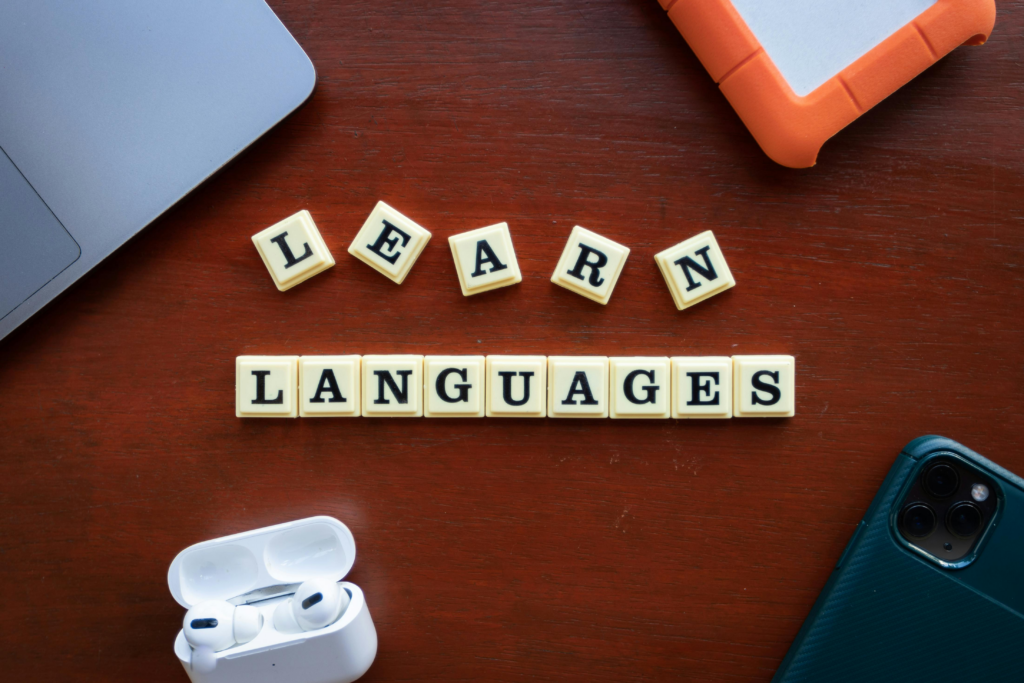
While I initially found the language learning app Ling to be promising, I eventually encountered limitations due to the cost, as mentioned in previous posts. Also, the app’s approach didn’t align perfectly with my learning style; the gamification aspect gradually became less engaging and motivating. Overall, it is important to recognize that every learning tool has its strengths and weaknesses, and while Ling may not have been the right fit for me, it could still be beneficial for others.
As I near the end of my (formal and documented) inquiry exploration, I have to say that my experience with language learning using technology has been largely positive. While some tools and platforms have proven to be more effective than others, they have all contributed to my learning journey in some way. Technology offers convenience, flexibility, and accessibility. A key takeaway for me is that it is crucial to approach language learning with an open mind, be willing to adapt and explore different methods and seek out the resources and support that best align with one’s individual needs and preferences.
In connection, my group inquiry, done with Tegan, Markus, and Silver, into educational technology for ELL students yielded similar insights. While each technology we explored offers unique benefits and features, it is essential to consider the individual needs, learning styles, and cultural backgrounds of ELL students when selecting and integrating these tools into their language-learning journey. Additionally, combining multiple resources and approaches can help create a more comprehensive and personalized learning experience for ELL students.
Head over to the group inquiry area of my website to hear our full Pod4Cast episode! (not sponsored, of course)
